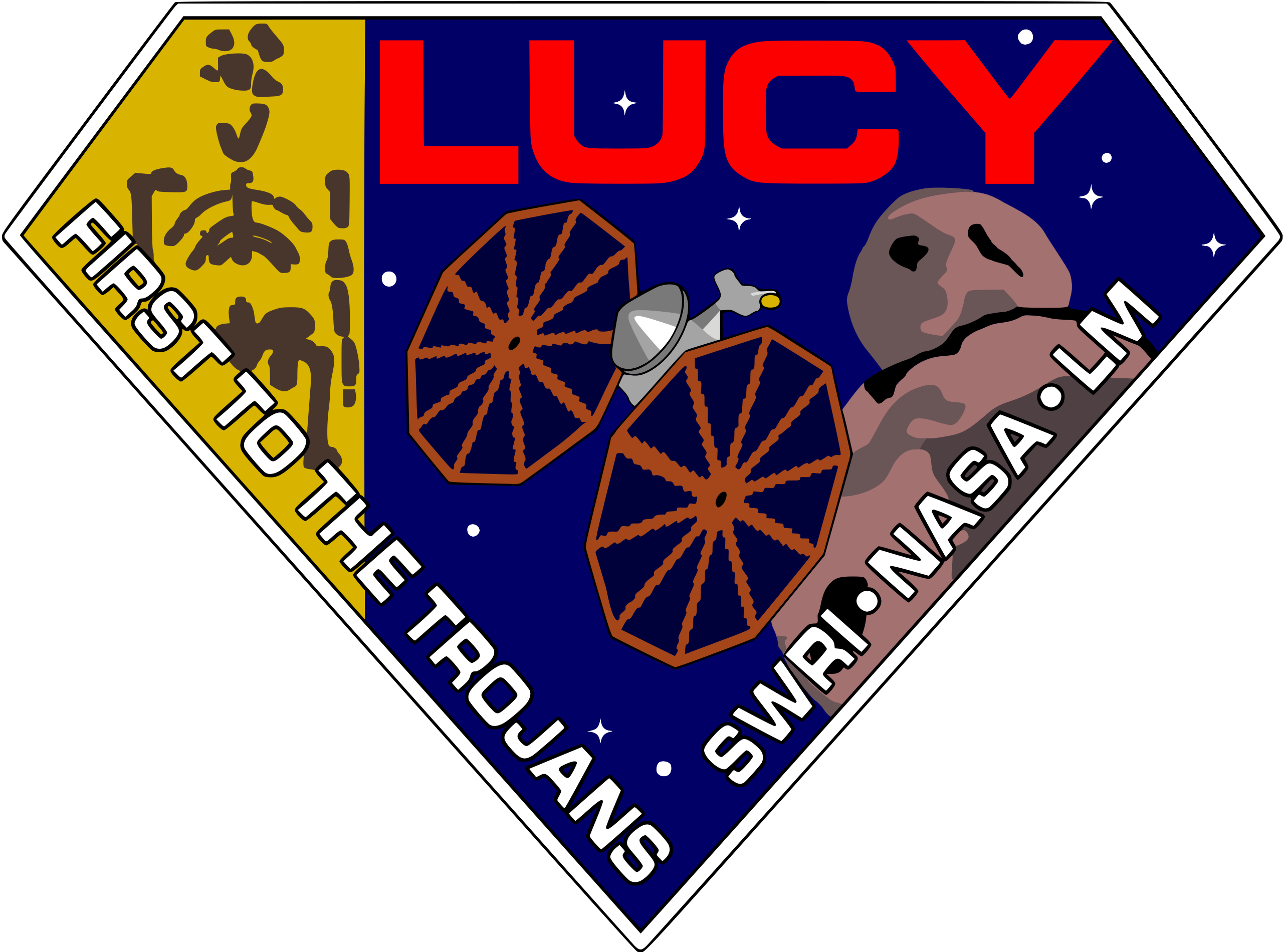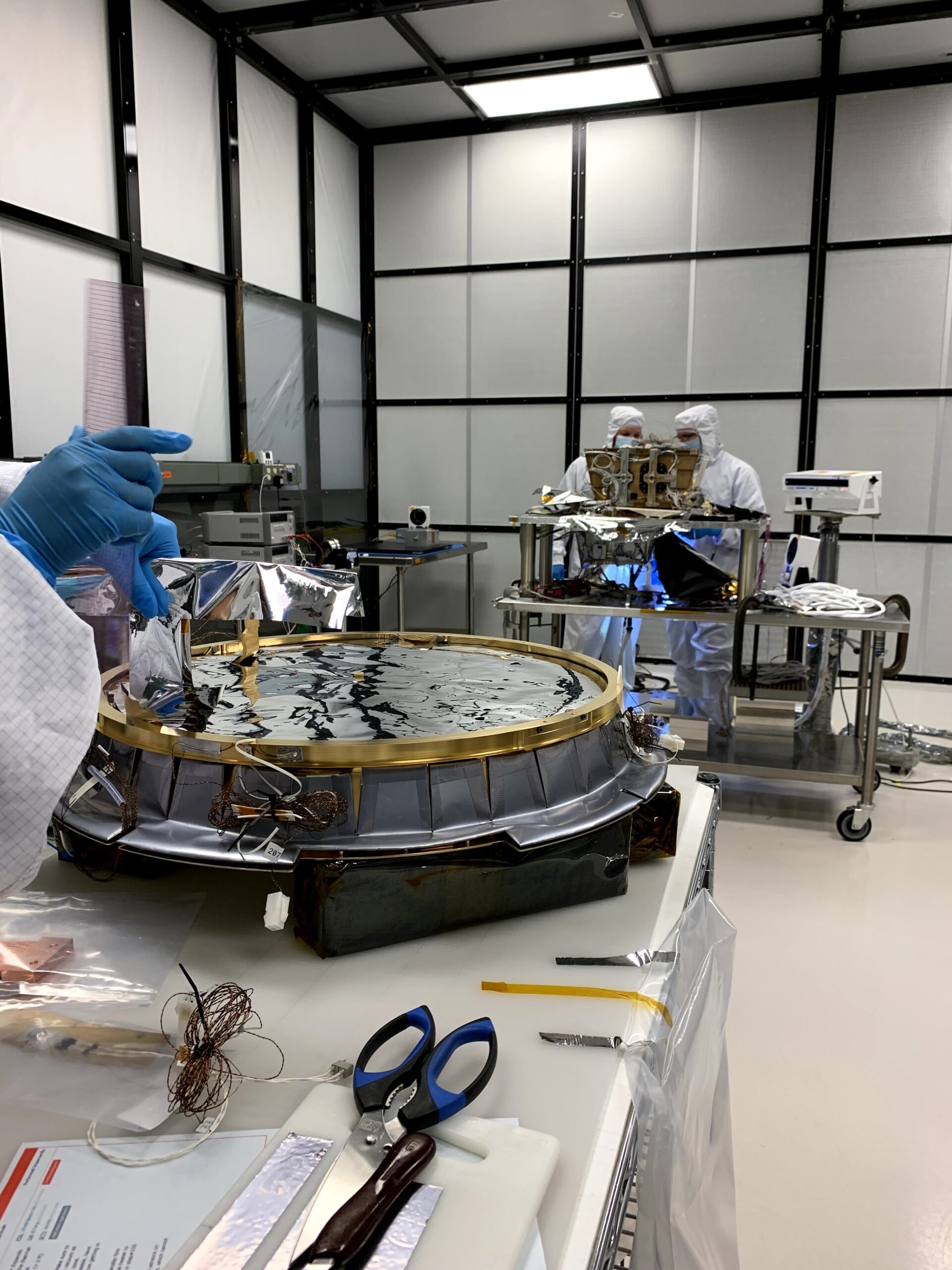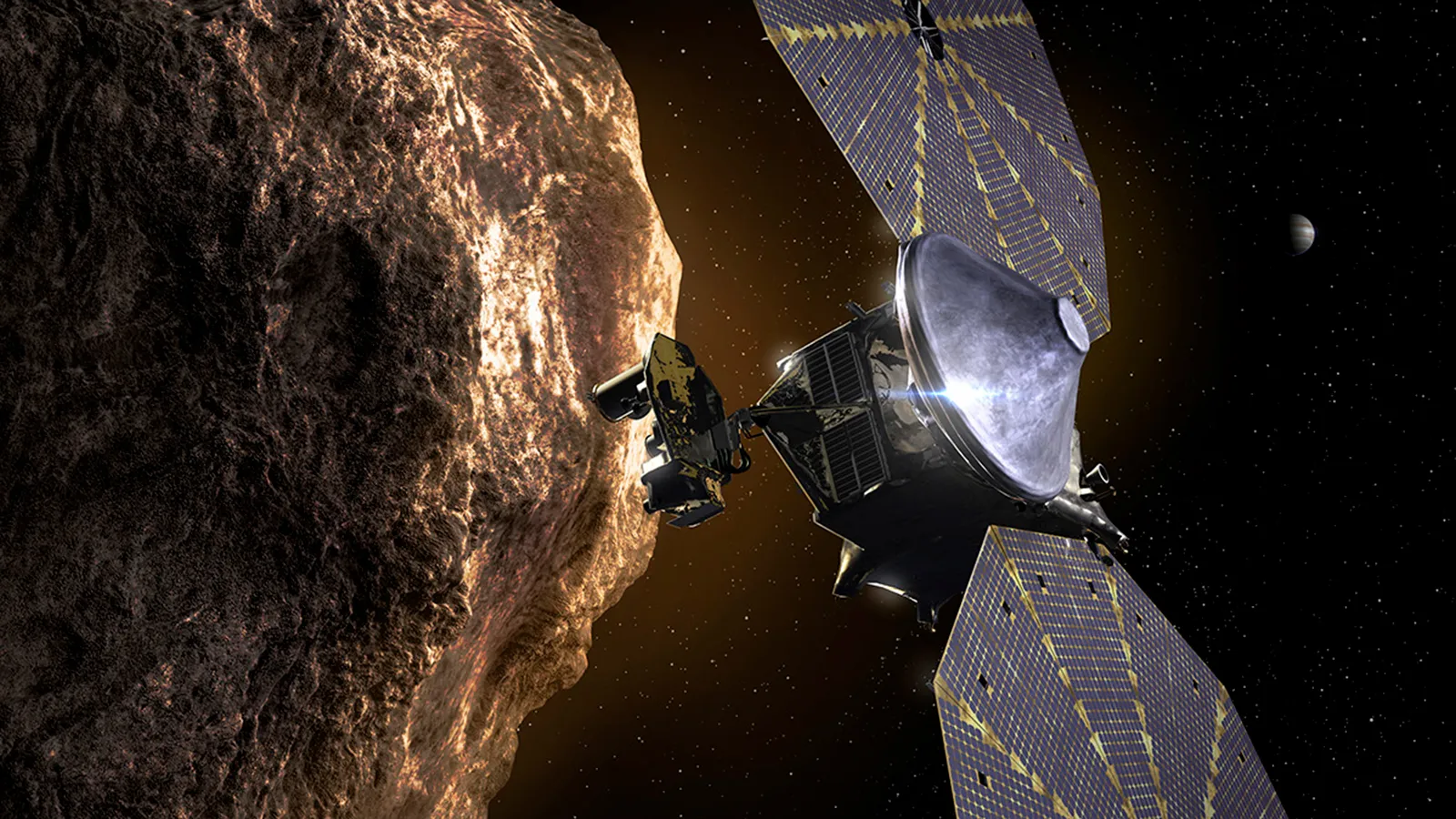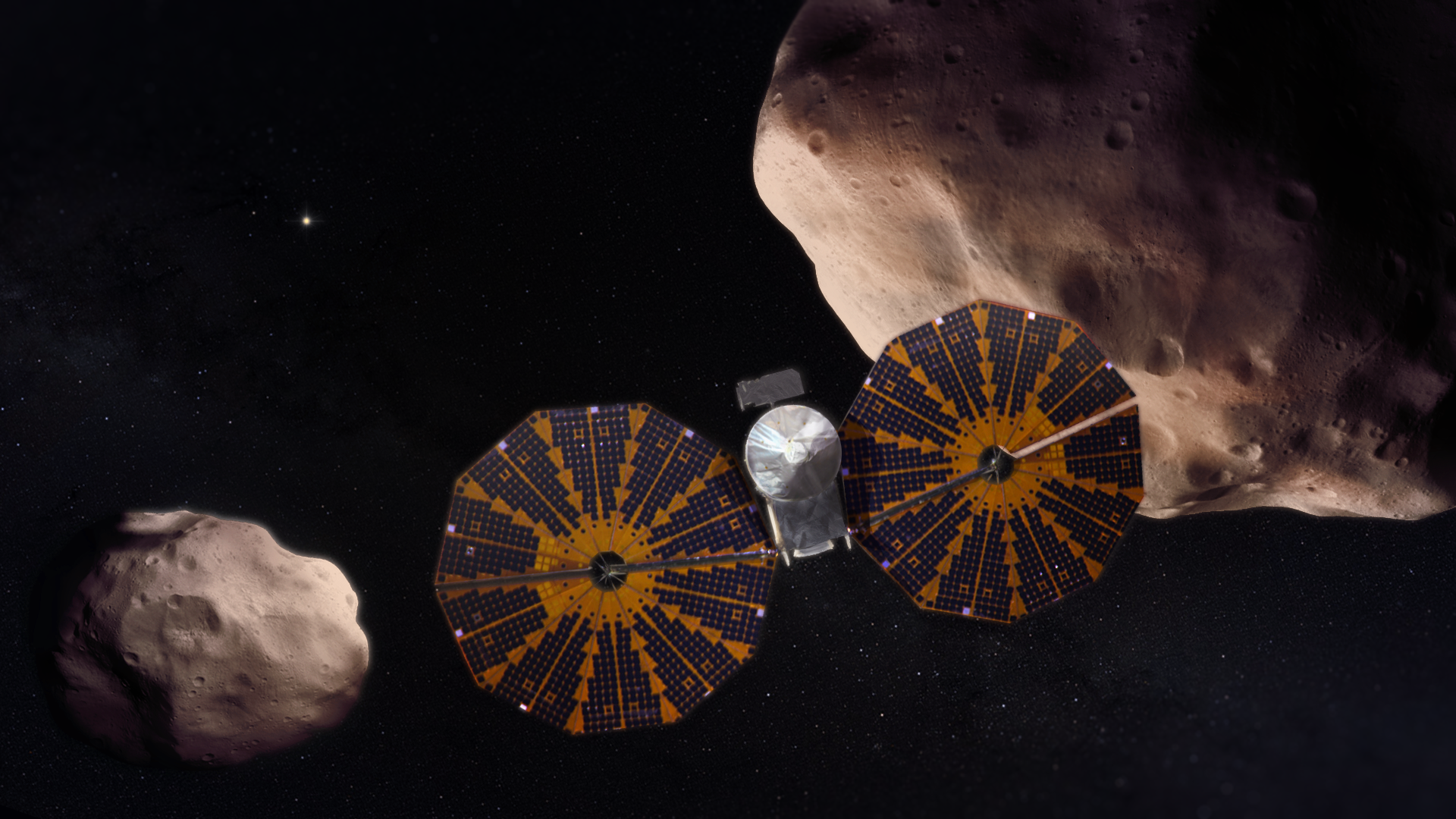Lucy Spacecraft — L’Ralph Instrument
Mission Facts
- Launch date: 16 October 2021
- Launch vehicle: ULA Atlas V
- Mission type: Planetary Science & Exploration
- Planned duration: 12 years
- Destination: Jupiter, Trojan Asteroids
- Quest Application: IMLI, insulating radiator on LEISA detector
- Surface Geology – map physical characteristics and determine crust structure of asteroid bodies
- Surface Color & Composition – map material distribution and properties of asteroid regolith
- Interiors & Bulk Properties – determine masses, densities, and sub-surface composition
- Satellites & Rings – search for rings & satellites surrounding Trojan asteroids

Summary
The Lucy spacecraft, named after the famous fossilized skeleton of a pre-human hominin, is the first mission to the Trojan asteroids near Jupiter, and IMLI’s third spaceflight. Lucy will explore a record-number of independent-orbit destinations after multiple gravity-assists from Earth and the Sun, with arrival at Jupiter in 2027. IMLI is insulating the Linear Etalon Imaging Spectral Array (LEISA) radiator, helping hold the instrument at its proper operating temperature. IMLI had to fit a complex geometry, with modeled e* 0.00345 and measured 0.00350.



Related Links
https://solarsystem.nasa.gov/missions/lucy/in-depth/
https://lucy.swri.edu/instruments/LRalph.html
https://solarsystem.nasa.gov/news/1895/lucy-mission-resources/

